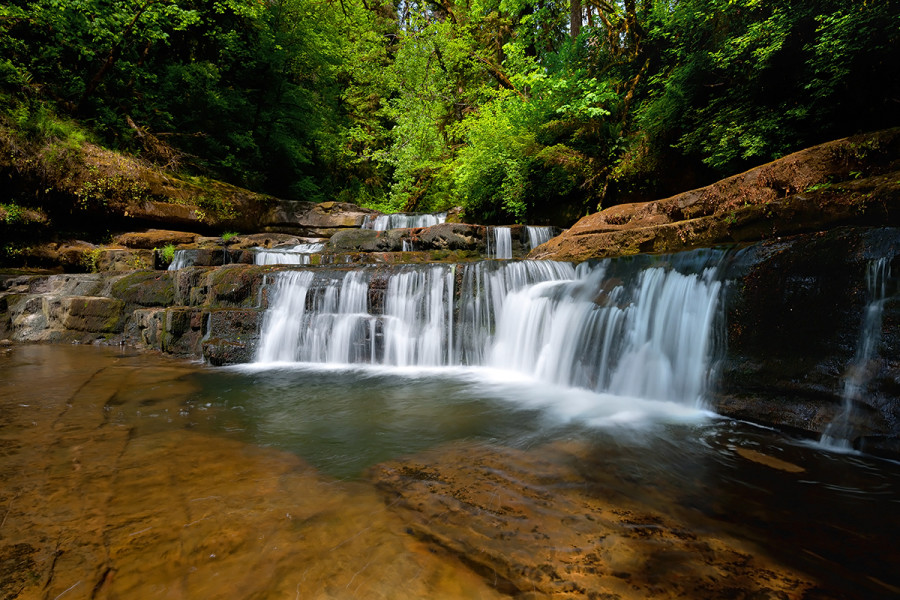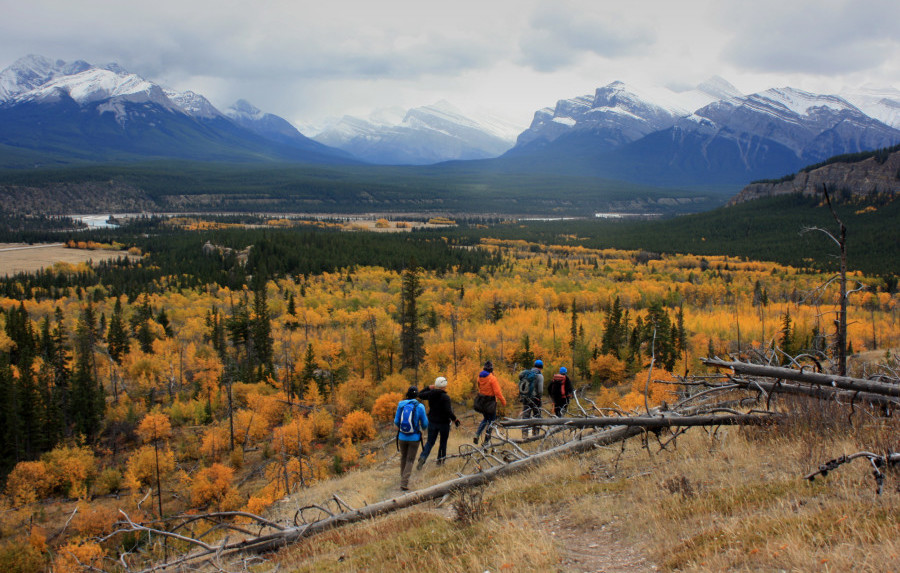
I was asked to write a blog post about protecting public lands in the 116th Congress. To do that, I need to take a step back, and explain The Conservation Alliance’s strategy for investing in public lands protection campaigns, and review what happened with public lands in Congress last year.
“Fill the pipeline!” That’s been The Conservation Alliance’s mantra for many years as we have determined which public lands conservation campaigns to fund. Many of those campaigns ultimately rely on Congress to act, which in recent years makes our investments look risky. Despite the dangers of depending on Congress, we have remained committed to this pipeline that needs filling.
This is a figurative pipeline that delivers the wishes of public-land-loving Americans to Congress. Flowing through – or clogging up – that pipeline are bills that would protect public lands and waters as Wilderness, National Recreation Areas, National Conservation Areas, and Wild and Scenic Rivers. There is more than one way to protect public land, but an act of Congress is the best. The only way to reverse Congressional action on public lands is through another act of Congress, which almost never happens.
These public lands bills start at the local level, where groups like our grantees organize local support to protect a specific place. With enough support, a member of Congress will introduce a bill to enshrine those protections into law. Once introduced, that bill needs to navigate the minefield that is our legislative process as it moves from committee hearing to committee mark-up to floor vote in both chambers of Congress before landing on the President’s desk. In a Congressional atmosphere where almost no legislation passes, it’s no wonder these efforts take seemingly forever.
So when we talk about filling the pipeline, we mean that it is important to get as many politically viable public lands bills introduced into Congress as possible, and use them to demonstrate a strong demand for land and water conservation among voters across the country. Eventually, enough members of Congress will demand that the relevant committees move those bills.
That almost happened in 2018. It had been nearly ten years since the last big package of public lands legislation passed Congress. That 2009 package protected three million acres of land and 1,000 river miles. Last year, the stars aligned, and the US Senate decided to “clear the pipeline” by compiling a package of lands bills to move before the end of the year. That package included permanent protection for more than two million acres of land and nearly 400 river miles in Washington, Oregon, California, Montana, New Mexico, and Utah. It also contained permanent reauthorization for the Land and Water Conservation Fund. The House agreed to the package, so we were prepared to do a happy dance before the holidays.
Unfortunately, when it came to a vote, Utah Senator Mike Lee objected to the bill, which otherwise faced no meaningful opposition. In the Senate, one member can gum up the works enough to kill nearly any bill. So, our pipeline-clearing lands package ran out of time, and did not pass in 2018. No happy dance for us.
The good news is that several key Senators extracted a promise from Majority Leader Mitch McConnell to bring the package up for a vote in January 2019. He made that promise before President Trump forced a government shutdown that is now in its fifth week. But the lands package has been reintroduced, and McConnell has put it on the Senate calendar, which means he can call for a vote any time he likes. We are cautiously optimistic that the Senate will pass the bill, and move it on to the more conservation-minded House for their consideration. Conventional wisdom suggests that the House would approve the bill, and send it to President Trump for his signature.
Of course, many factors can upset this plan. Senate Democrats have said they will not vote for any legislation until the government shutdown ends, so the lands package is on hold until then. Meanwhile, some members of the new House Democratic majority have suggested that they should add more conservation measures to the package and send a revised bill back to the Senate. If that happens, Senate Republicans would likely object, putting the whole thing in jeopardy. So, we’re in the frustrating position of waiting and hoping. Waiting for the shutdown to end, and hoping that members of Congress do not upset the delicate balance in the current lands package.
I see two primary scenarios for protecting public lands in the 116th Congress. The first is optimistic. Under that scenario, the government shutdown ends soon, the Senate votes to pass the lands package, the House resists the urge to add more conservation measures to the bill and also passes the package. President Trump finds no reason not to sign the bill, and we celebrate the biggest legislative conservation victory since 2009.
If that rosy plan plays out early this year, the 116th Congress would have nearly two years to work through the many public lands bills that did not make it into the current package. The Senate excluded many solid bills that would protect public lands throughout the West, including on Washington’s Olympic Peninsula, in Colorado’s San Juan Mountains, on California’s Central and Northern coasts, and in Montana’ Blackfoot Clearwater Valley. The pipeline is never truly empty. It may be too hopeful to think that two lands packages could pass in the same Congress, but we thrive on hope.
The pessimistic scenario says that the shutdown drags on and on causing so many urgent problems for our nation that Congress doesn’t spend any time on long-term investments in conservation. Mitch McConnell retreats on his commitment to bring the package up for a vote, or the House adds so many new conservation bills to the package that the Republican Senate refuses to support it. Division wins the day, and our pipeline remains clogged for the foreseeable future.
We choose to plan for the first vision. The current lands package is bipartisan and contains something for everyone. It’s not perfect, but passing it would clear out much of the pipeline, giving more opportunity to debate the bills that it left behind, and making more room to add new bills. Either way, The Conservation Alliance remains committed to moving these initiatives forward. They represent the will of local people who love the public lands in their back yards, and who want to leave something for the next generation to enjoy.



